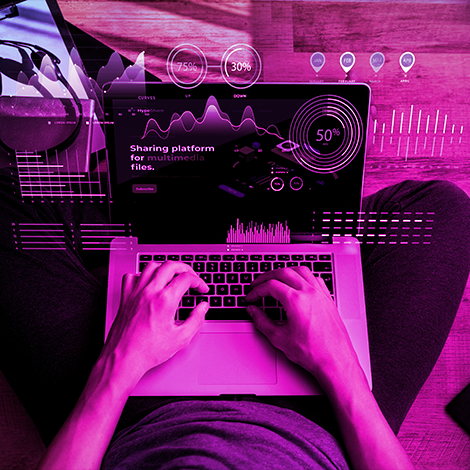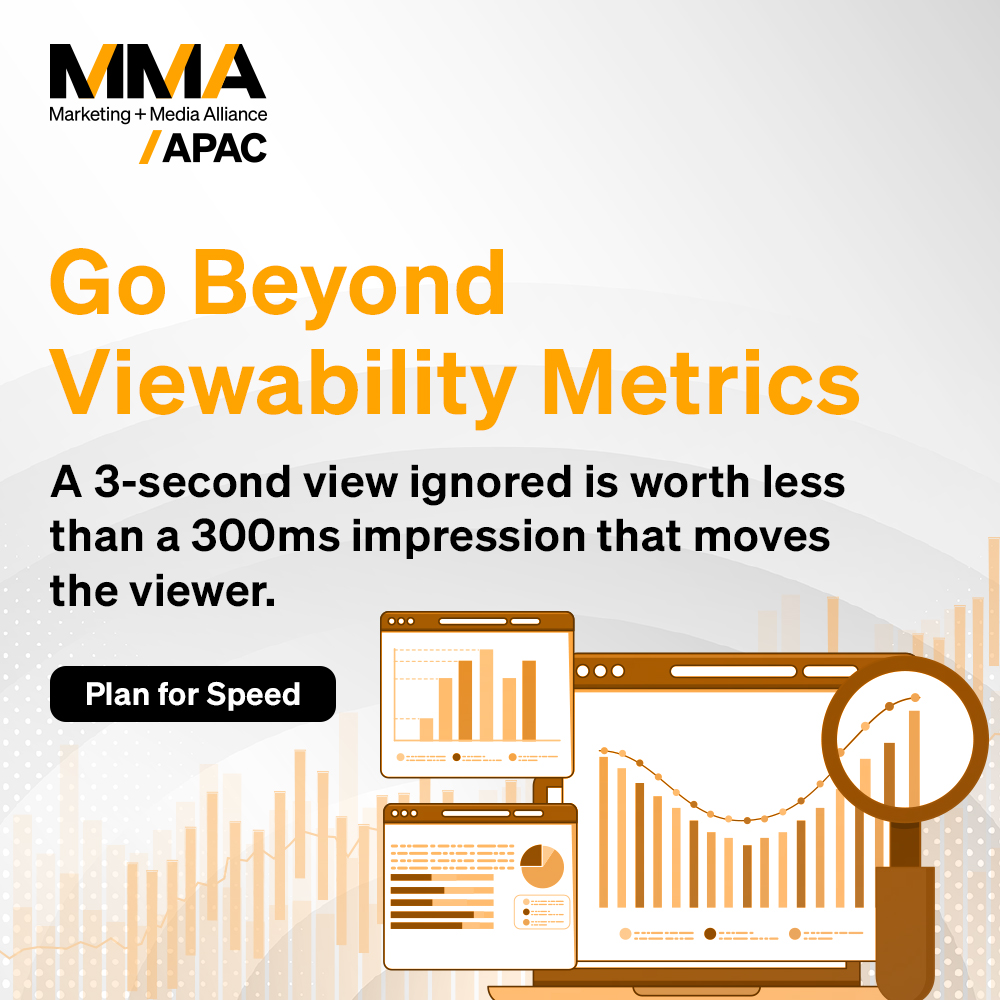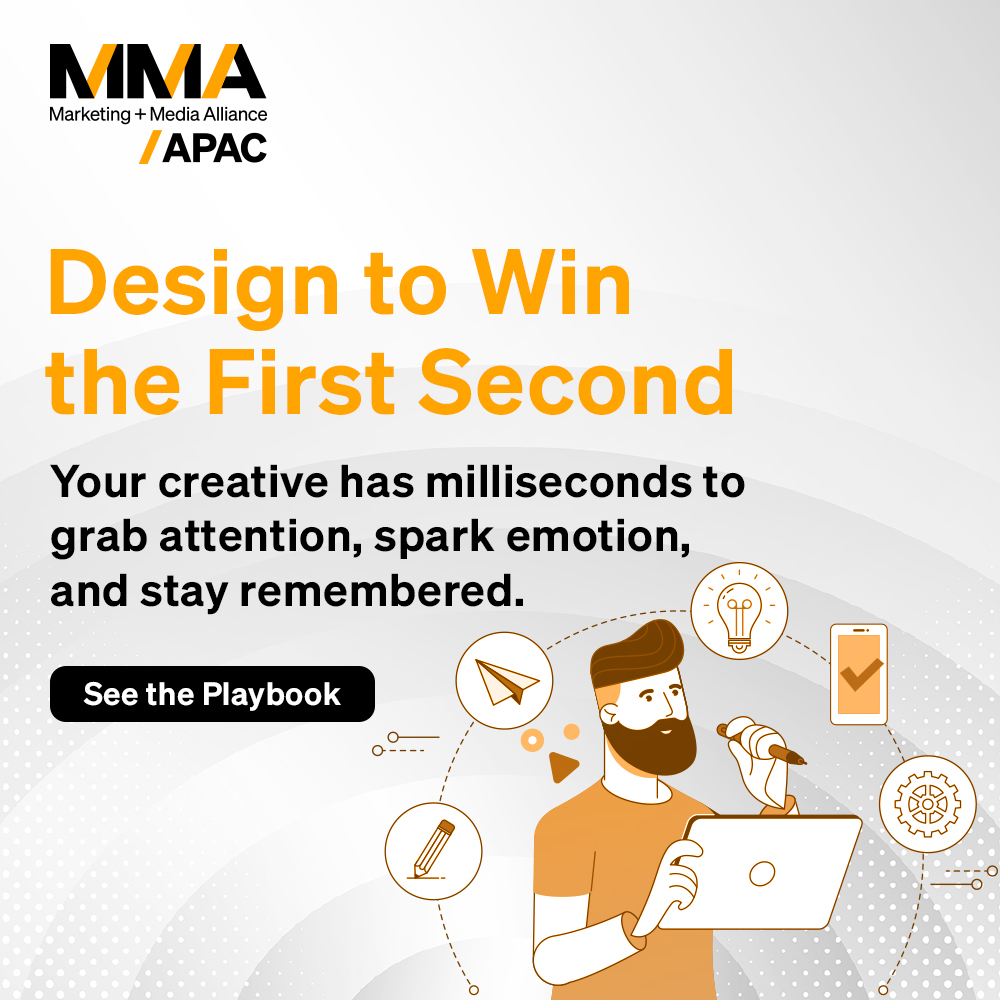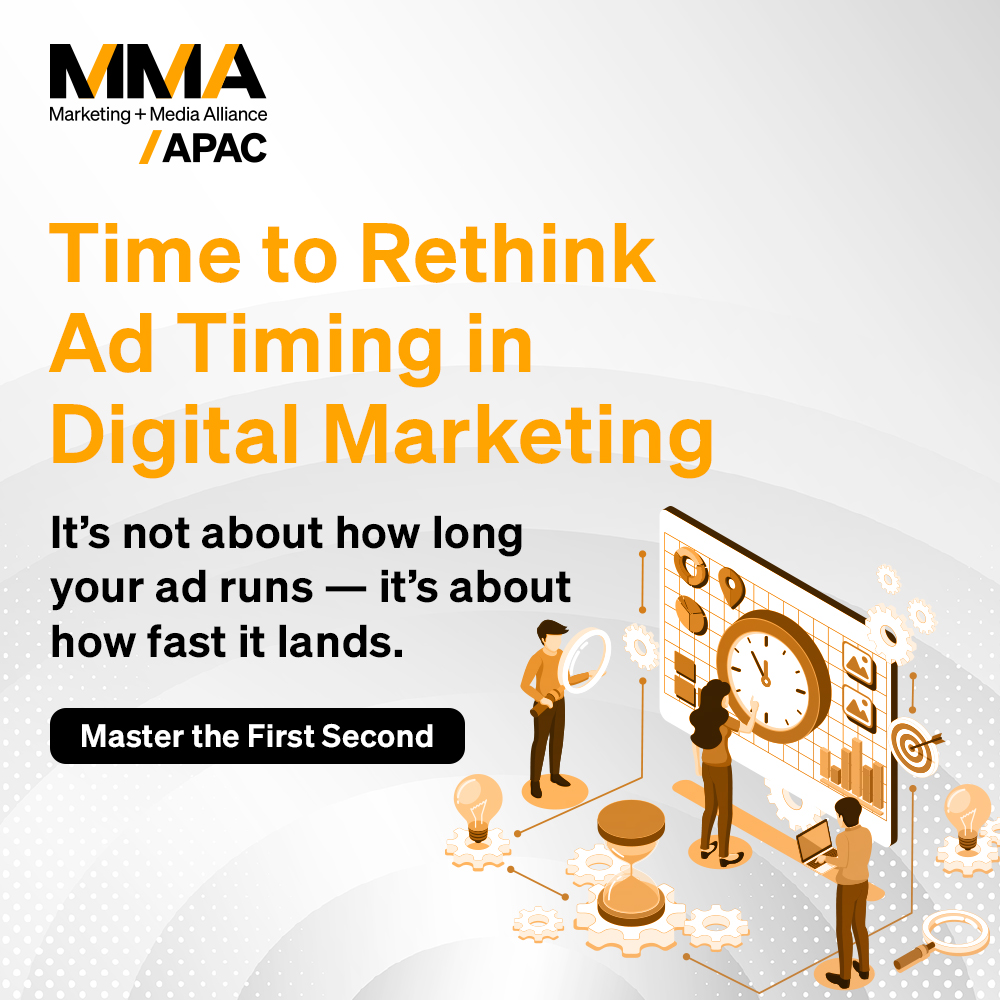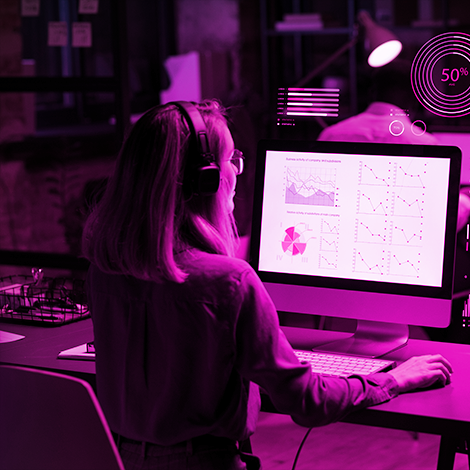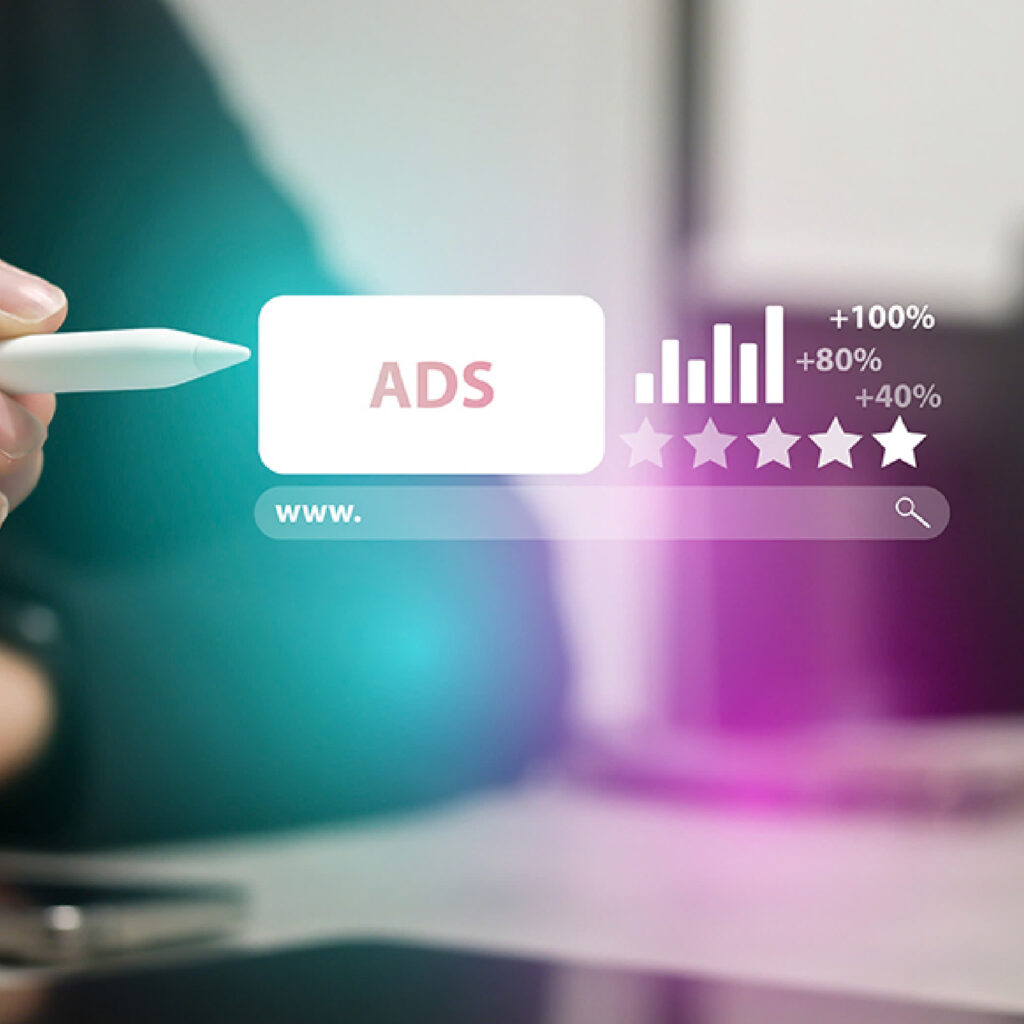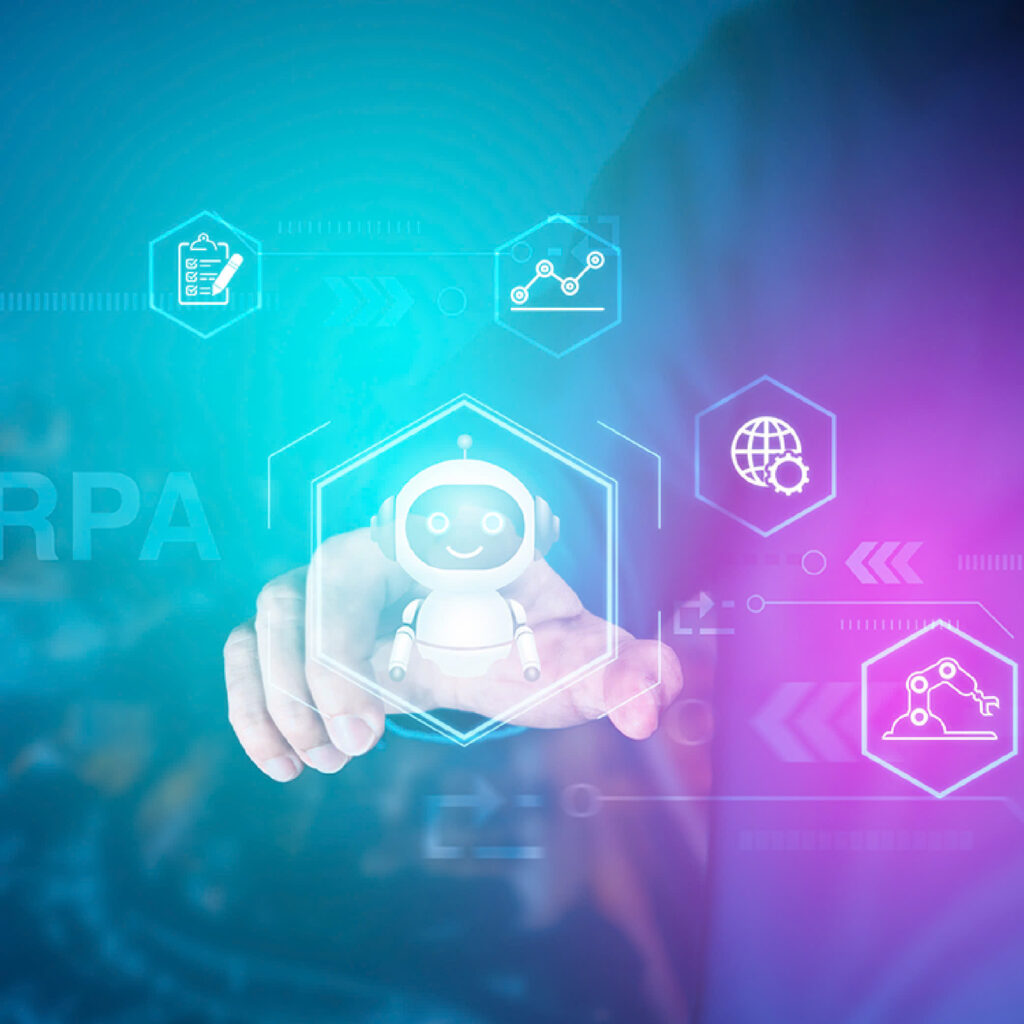
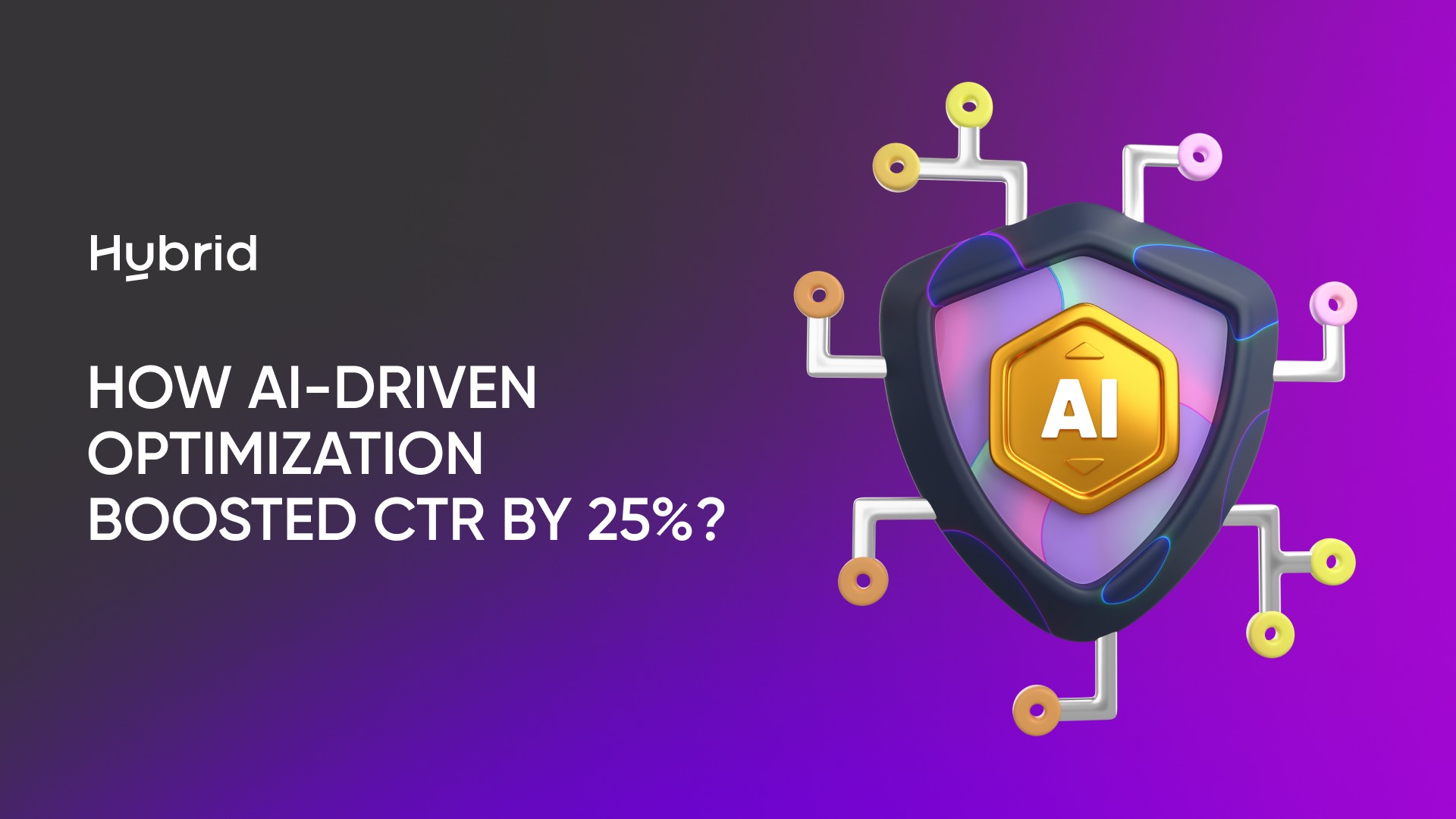
In today’s complex digital landscape, major brands face a significant challenge: reaching their audience effectively while avoiding the risks of ads appearing near unsafe or inappropriate content (Hybrid).
Brand safety is a critical factor in maintaining consumer trust and ensuring the effectiveness of digital campaigns: [1], [2]
- 35% of consumers hold brands accountable for ads appearing near unsafe content.
- 43% of consumers have a negative perception of such brands.
- 56% of consumers are unlikely to purchase from them.
- 60% of programmatic experts cite brand safety as a major concern.
How Machine Learning Optimizes Digital Campaigns
Machine Learning (ML) is a class of artificial intelligence methods that solves a task by learning while simultaneously solving many similar tasks.
By automatically optimizing key performance metrics like CPC, CPM, CTR, CPV, CPA, and CPI, ML enables advertisers to boost conversions with minimal manual intervention.
In practice, Hybrid’s ML models are driven by:
- Real-Time Data Analysis – Processing thousands of signals to predict user behavior before placing a bid.
- Performance-Based Optimization – lowering cost per acquisition (CPA) while increasing conversion rates.
- Audience Identification & Retargeting – Using SmartPixel, ML builds look-alike audiences and personalizes creative content.
- Data Privacy & Security – All data is anonymized, ensuring no personal information is collected or shared.
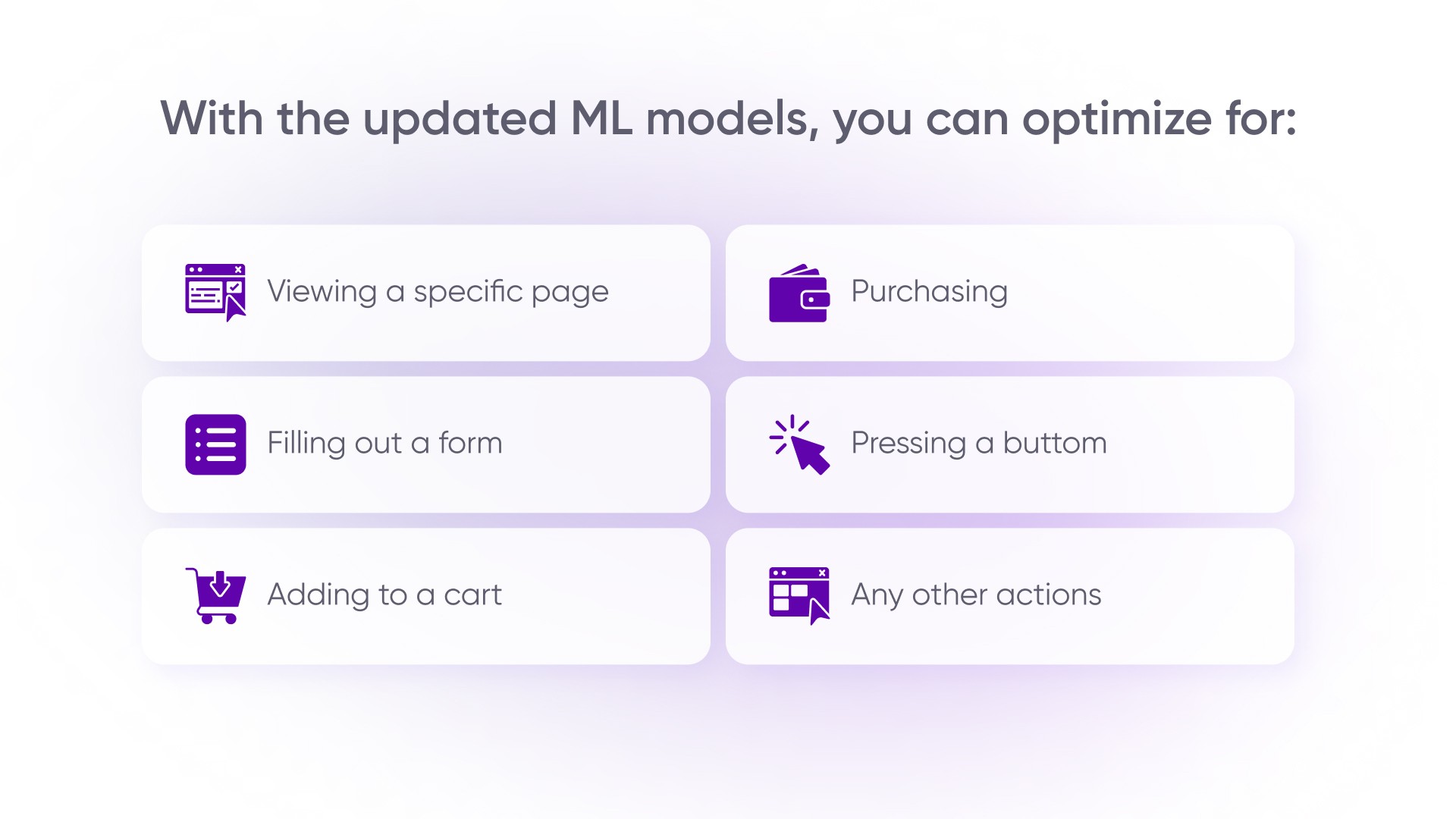
With this approach, brands can achieve better results without compromising on brand safety.
Integrating ML with Brand Safety
Machine Learning also plays a crucial role in brand protection:
- Content Filtering Algorithms
In VOX ML identifies objects in images/videos and exclude unsafe content based on:
- Sensitive keywords
- Contextual relevance of the webpage
- User interaction history
- Conversion-Based Targeting
ML targets audiences based on verified conversion data, ensuring ads appear in suitable environments. - Fraud Prevention and Bot Traffic Detection
ML spots anomalies in traffic patterns to detect and block bots before ads appear
Case Study: Polident and the Effectiveness of ML in Digital Campaigns
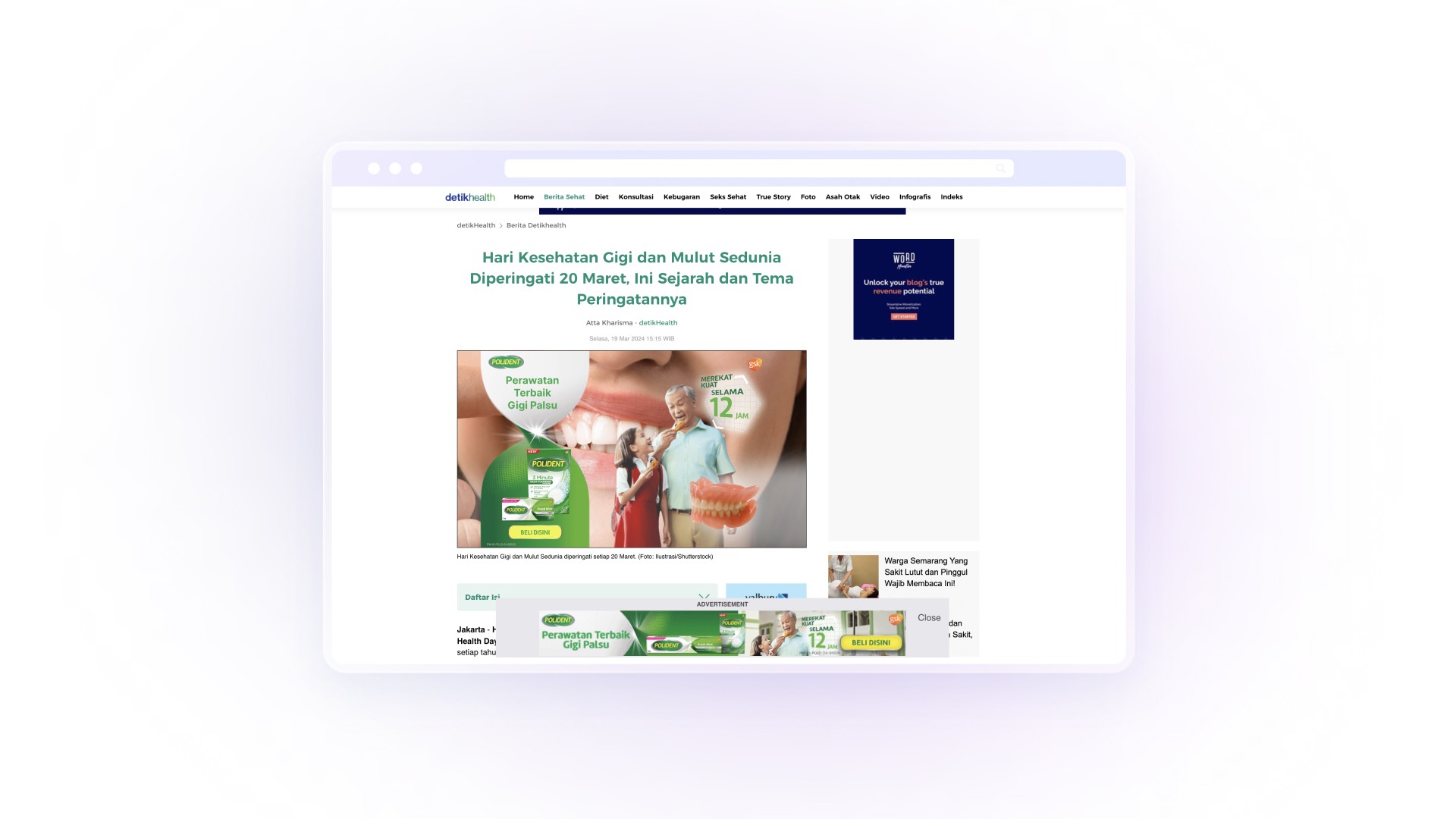
In the Polident campaign, Hybrid ran VOX In-Image ads with ML-based optimization, achieving:
- +25% CTR compared to traditional methods
- –20% CPA, lowering acquisition costs
- Maintained Brand Safety
This case confirms ML’s ability to improve digital performance without sacrificing brand integrity.
Conclusion
In today’s digital landscape, brand safety and machine learning optimization can go hand in hand. By integrating ML technology into advertising strategies, brands can achieve higher ROI, improved conversions, and better ad placement in secure environments.










